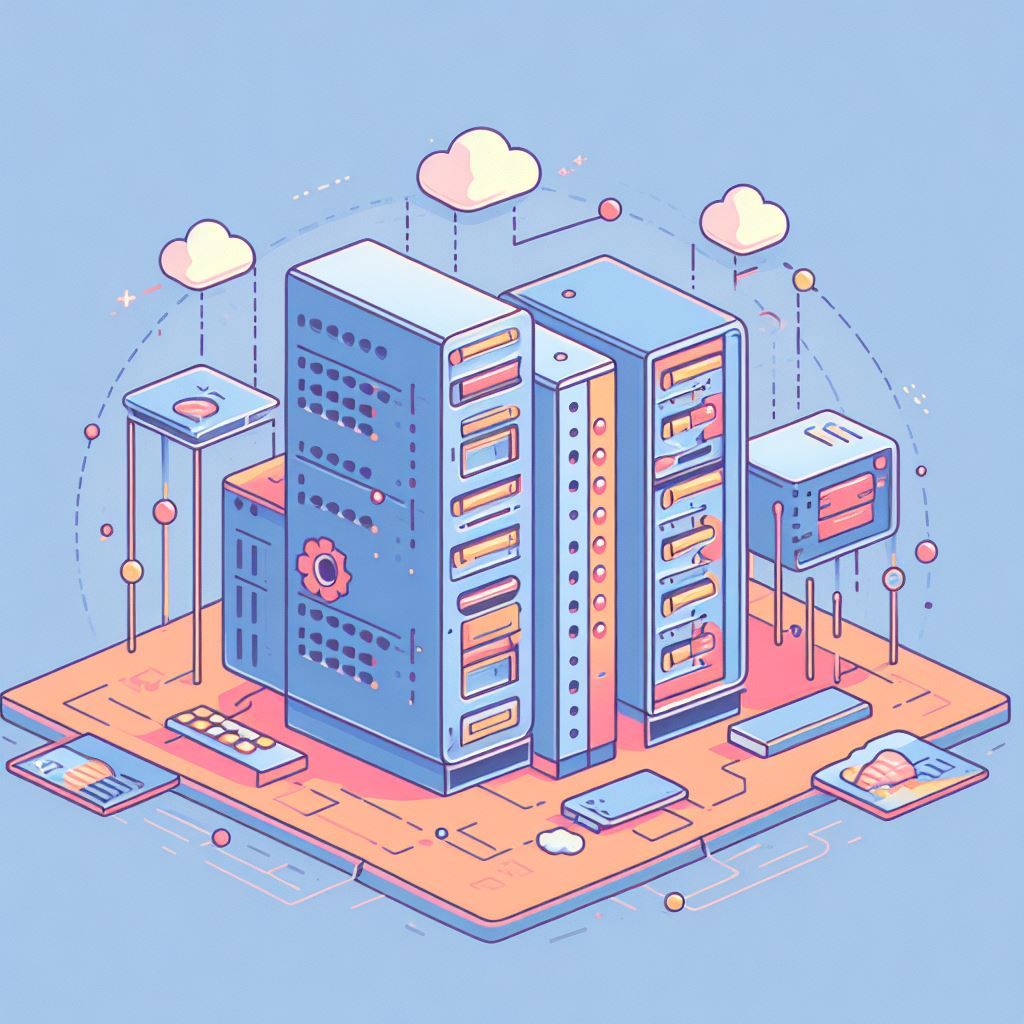Tips for Implementing Secure Software Development Life Cycle (SDLC) Practices on Your Dedicated Server

Implementing secure Software Development Life Cycle (SDLC) practices on your dedicated server is crucial for building and maintaining robust and secure software applications. Here are some tips to help you achieve this:
- Threat Modeling:
- Begin by identifying potential security threats and vulnerabilities in your application. This can include things like SQL injection, cross-site scripting (XSS), and others.
- Consider using tools like Microsoft Threat Modeling Tool or OWASP Threat Dragon to assist in this process.
- Secure Coding Standards:
- Adopt and enforce coding standards that promote secure coding practices. This includes avoiding deprecated functions, input validation, and using prepared statements for database interactions.
- Regular Code Reviews:
- Conduct regular code reviews to identify and address security vulnerabilities early in the development process. This can be done manually or with the help of automated tools like static code analyzers.
- Authentication and Authorization:
- Implement strong authentication mechanisms and proper authorization controls to ensure that only authorized users have access to sensitive resources.
- Input Validation and Output Encoding:
- Always validate and sanitize user input to prevent injection attacks like SQL injection or XSS. Additionally, use output encoding to protect against XSS attacks.
- Data Encryption:
- Ensure sensitive data is encrypted both in transit (using protocols like HTTPS) and at rest (using encryption algorithms like AES).
- Patch Management:
- Regularly update and patch both your server's operating system and the software running on it. This includes web servers, databases, frameworks, and libraries.
- Firewalls and Access Controls:
- Configure firewalls to allow only necessary traffic and implement strict access controls to limit who can access the server and what services they can use.
- File Integrity Monitoring:
- Implement file integrity monitoring to detect any unauthorized changes to critical system files or application files.
- Logging and Monitoring:
- Set up comprehensive logging to track and monitor user activities, security events, and application behavior. Use tools like intrusion detection systems (IDS) and intrusion prevention systems (IPS) to alert you of suspicious activities.
- Incident Response Plan:
- Develop a clear incident response plan to handle security breaches or incidents. This should include steps for identifying, mitigating, and recovering from a security event.
- Security Training and Awareness:
- Educate your development and operations teams about secure coding practices and the importance of security in the SDLC.
- Dependency Scanning:
- Regularly scan and monitor third-party dependencies for known vulnerabilities using tools like OWASP Dependency-Check or Snyk.
- Data Backups and Disaster Recovery:
- Implement regular data backups and have a disaster recovery plan in place to ensure that in case of a breach or data loss, you can restore your application to a known good state.
- Compliance and Regulations:
- Ensure that your software development process complies with relevant industry standards and regulations (e.g., GDPR, HIPAA, PCI-DSS).
Remember that security is an ongoing process, and it's important to stay updated with the latest security best practices, vulnerabilities, and patches. Regularly reviewing and updating your security measures is crucial to maintaining a secure SDLC.



